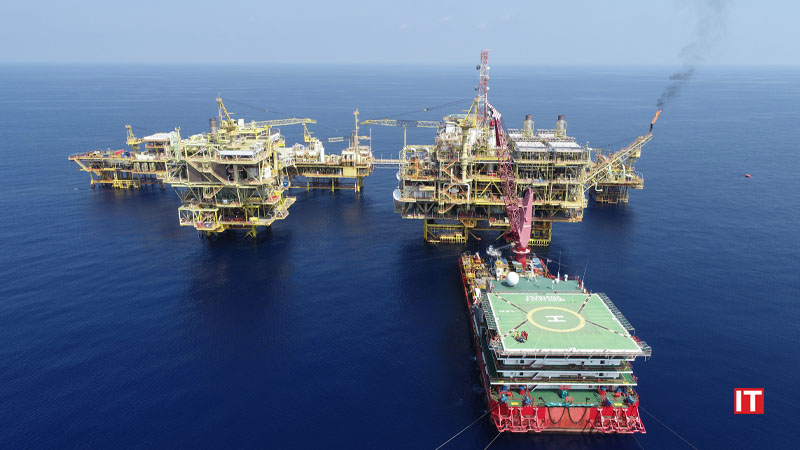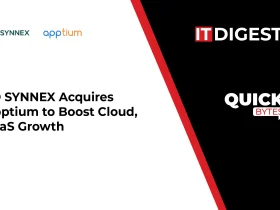The Oil and Gas sector has always remained a traditional capital intensive industry. So when we talk about digitization in this sector, it is bound to face several challenges.
Yet, the last decade has seen tremendous growth in technological innovation in this traditional industry which has led to the integration of artificial intelligence, augmented reality, and IIoT into exploration and extraction activities.
This was possible as digital transformation focused on assets or the value chain and then aligned the operational objectives with digital technologies. The current energy market is data oriented and is primarily focused on data silos, energy trading, and risk management.
Also Read: Top 3 Leading Industries Excelling In Digital Transformation
In such a scenario, several technologies are bridging the gap between the traditional and digital approaches in the Oil and Gas sector.
Blockchain
The rising utility of sensors in hydrocarbon extraction is paving the way for blockchain to gain currency in the industry. Transaction and accounting data are safely stored using this technology which reduces processing duration by directly connecting serving contracts to assets. The technology also hosts audit and compliance documents which provides transparency to stakeholders and regulatory authorities.
Artificial Intelligence (AI) / Machine Learning (ML)
AI/ ML solutions integrate business data to accurately detect and identify energy reserves, conduct risk assessments, predict economic feasibility of drilling, and costs. Several AI /ML solutions also provide cost analytics which help determine profit and loss while computing market scenarios.
- For instance, MODEC has reduced equipment downtime by analyzing data from its fleet of floating production, storage, and offloading (FPSO) units in Brazil with sophisticated analytics and Artificial Intelligence . The analysis enabled them to choose to scale the project across the majority of their Brazilian fleet — seven FPSOs – as well as two additional FPSOs in Ghana.
Big Data Analytics
Out of large raw unstructured datasets, big data and analytics can yield insights, trends, and patterns. Drilling and well operations can benefit from real-time geology and operations intelligence. Big data also aids the development of Enhanced Oil Recovery (EOR), a technique for increasing the productivity of mature wells that have previously achieved their
maximum output. Predictive maintenance algorithms that uncover operational inefficiencies can also be used to improve asset performance.
Industrial Internet of Things (IIoT)
Sensors, communication, and analytics are combined in IloT to deliver real-time data on temperature, pressure, density, flow rates, and geographical coordinates. Furthermore, proactive performance monitoring makes it easy to track system and equipment performance, allowing assets to move away from a time-based maintenance paradigm and toward predictive maintenance.
Remote Operation Centers (ROCs)
Due to the typical time and expense inherent in oil well sites, some operators have turned to remote operation centers (ROCs), which use sensors to transmit data regarding well operations. ROCs can substantially reduce operational risk by incessantly monitoring all the locations to ensure that wells and facilities are running smoothly with no production issues or leaks.
Given the reduced reliance on on-site workers, ROCs can provide opportunities for oil and gas firms to boost their human resource development. With fewer employees on the rigs, human resources may be better focused on value-added optimization operations and also lowering human error risks.
Also Read: Top 5 DevOps Productivity Tools to Scale Your Business


































